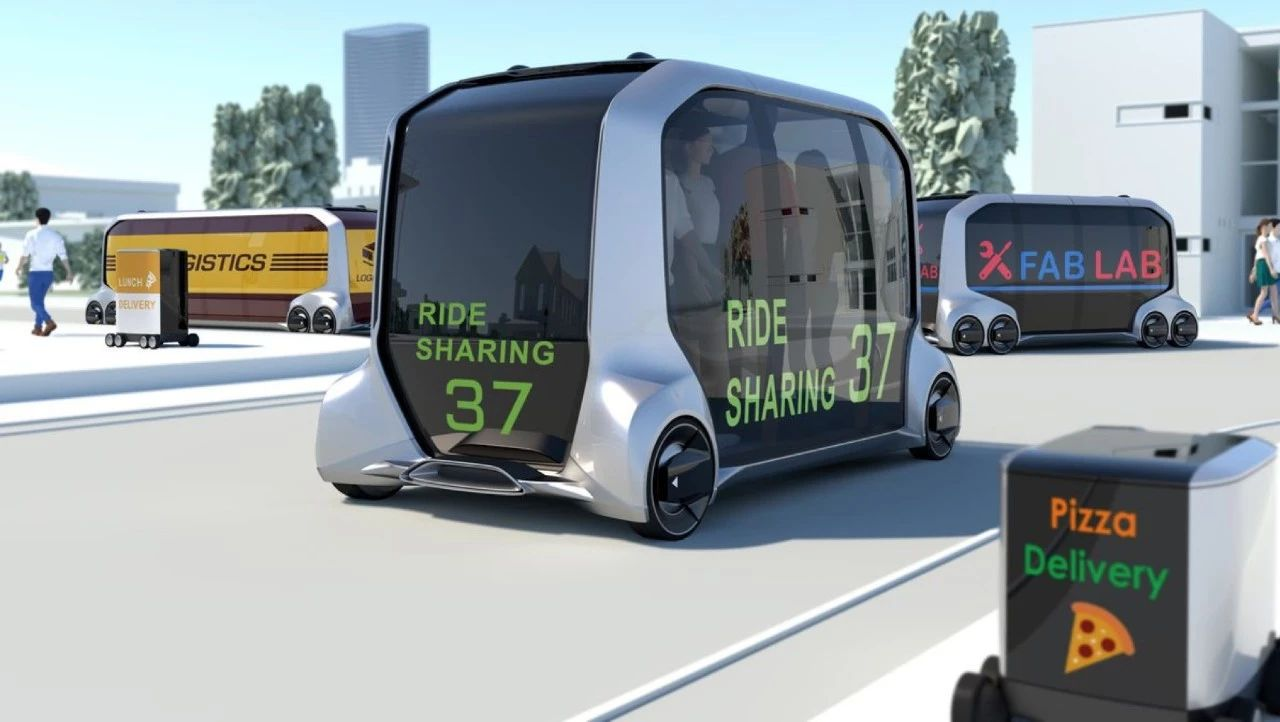I once chatted with colleagues in group 42 of the garage, discussing which country’s automotive industry development path China’s automotive industry should refer to, and the starting point at that time was Japan. I found that Japanese culture is so different from Chinese culture that Chinese culture’s inclusiveness is extraordinary, making it incomparable and unlearnable.
However, I soon realized that the Japanese attitude towards automobiles has a universal survival attitude, adhering to the pursuit of high-scale details and becoming a typical example of “people-oriented”. Most importantly, the spirit of “master” pursued by Japanese in everything may bring about a qualitative leap in a lengthy evolution.
Therefore, I like to start the discussion from Japan, perhaps a culture that pursues development based on survival rules is the most suitable.
Toyota is undoubtedly the national team of the Japanese automobile/industrial industry. The last article mentioned the main technical routes of Toyota in new energy field, such as hydrogen energy technology and solid-state batteries, all of which are important parts of the Japanese national energy strategy and receive strong support and substantial subsidies. Toyota plays the role of captain in various industry alliances.
Future transportation: aiming at intelligent urban transportation system
In the other extreme of the future, i.e. automatic driving and shared travel, Toyota is also the national mainstay.
In CES in January this year, Toyota released its future travel platform product E-Palette to the public for the first time. Everyone was amazed. Even a conservative company like Toyota was going to do travel.
In his speech, Akio Toyoda mentioned that he wanted to transform Toyota from an automobile company to a travel company, and he didn’t think that was surprising because Toyota didn’t start out making cars, but weaving machines. Therefore, he believes that Toyota’s competitors are not just traditional automobile companies, but also companies like Apple and Google.
In fact, E-Palette is not just a future product designed by Toyota for itself, but a concept product designed based on Japan’s national future strategy, targeting the future intelligent urban landscape.# E-Palette: Toyota’s Concept Vehicle Platform for Future Mobility
E-Palette reflects Toyota’s basic concept of future mobility, which is a platform thinking. Although information is considered gold with software technology determining the future, Toyota’s president, Akio Toyoda, believes that platformization is the key to the future. This reminds me of Toyota’s TNGA concept.
E-Palette is a self-driving platform system that provides four different sizes of electric vehicle chassis to various service providers. They can place their own product compartments on these platforms to provide convenient services to consumers, achieving high integration and resource sharing. For consumers, choosing different transportation services is as easy as selecting them on the E-Palette platform.
As a concept car platform, E-Palette actually represents Toyota’s Mobility Services Platform (MSPF), a mobile travel solution that embodies Toyota’s ambition for travel systems. MSPF builds a wide range of hardware and software support ecosystems that enable a range of companies to better serve customers with advanced mobile technology. The current partners include Amazon, Didi, Mazda, Pizza Hut, and Uber.
MSPF is a travel service platform with all the necessary functions developed by Toyota Intelligent Center, Toyota Big Data Center, and Financial and Settlement Center. It was launched in 2016 when Toyota invested in the US car-sharing company Getaround, providing a number of Lexus cars equipped with MSPF for Getaround’s trial project in San Francisco.
Therefore, at least when General Motors invested in Lyft, Toyota also recognized the huge potential of transportation business and invested in an MSPF platform. Over a year later, Toyota showcased their concept of the platform with the E-Palette concept car.
E-Palette’s typical use case is to allocate vehicles with specific functions according to your needs in different times and spaces, meeting all kinds of mobility needs during your journey.
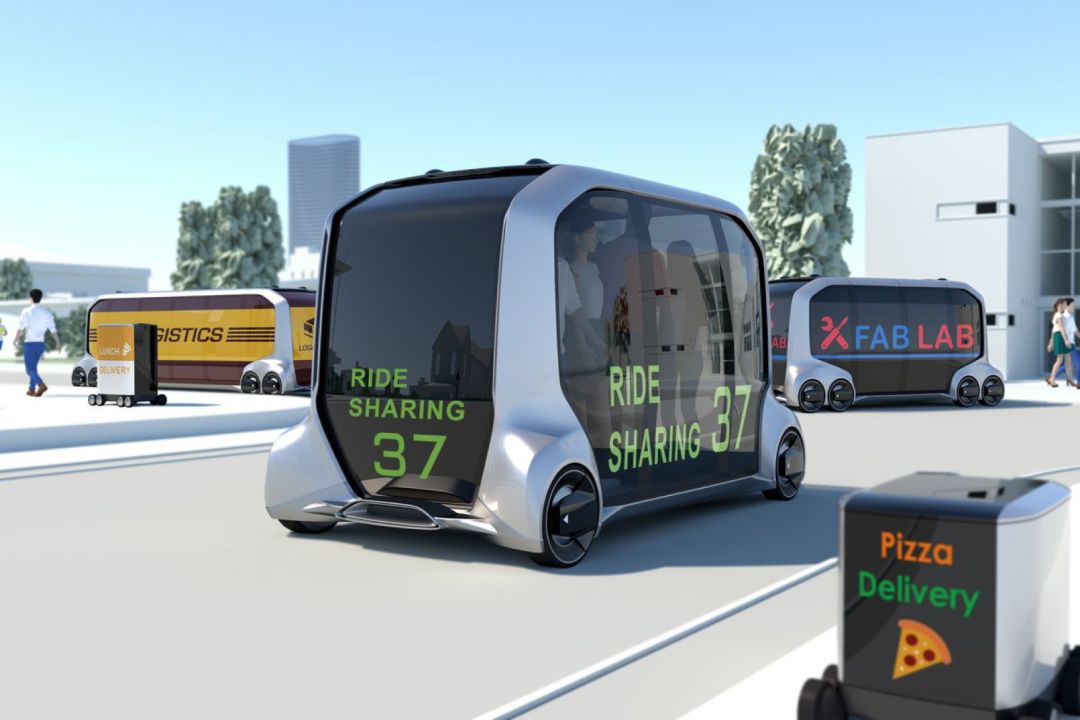
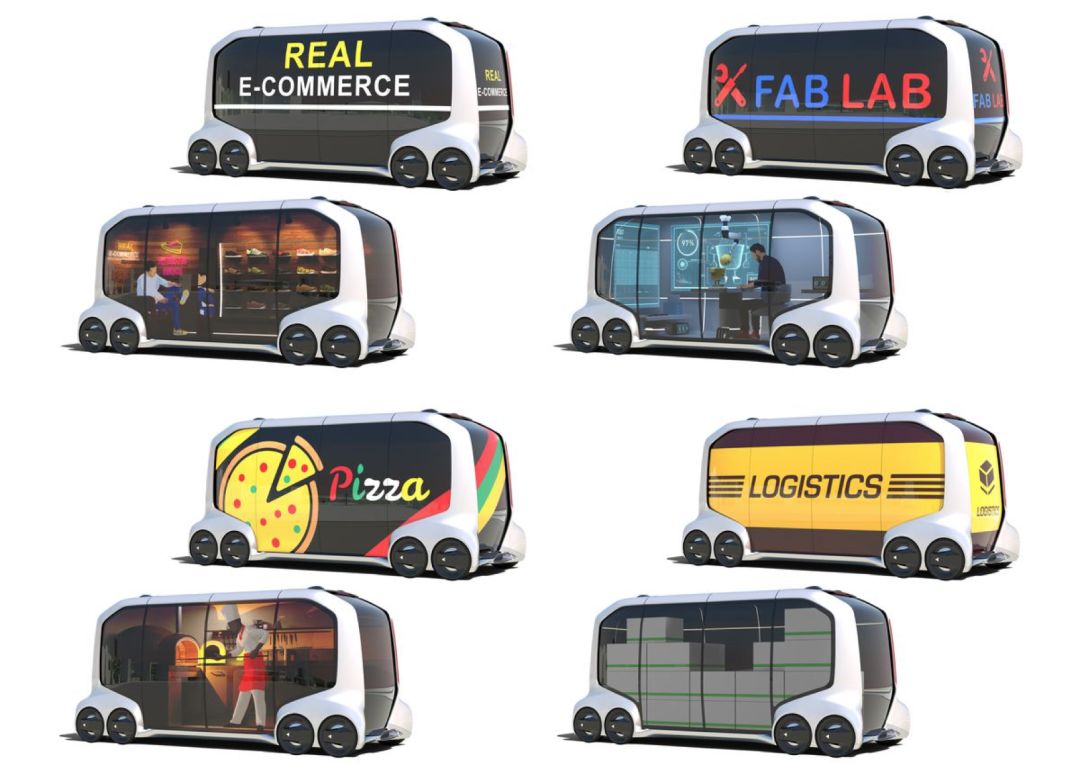 The prerequisite for the implementation of E-Palette is the mature application of automated driving technology, which is the key to E-Palette and an important issue for Japan’s future strategy.
The prerequisite for the implementation of E-Palette is the mature application of automated driving technology, which is the key to E-Palette and an important issue for Japan’s future strategy.
This is the SIP (Strategy Innovation Program) project for automated driving system, SIP-ADS (Innovation of Automated Driving for Universal Services), included in the CSTI (Council for Science, Technology and Innovation), the main advisory body for the Japanese government’s national science and technology innovation. The CSTI is responsible for formulating basic policies for science and technology, coordinating the allocation of national resources for technological innovation, and evaluating major scientific and technological projects, leading the development direction of technology innovation in Japan.
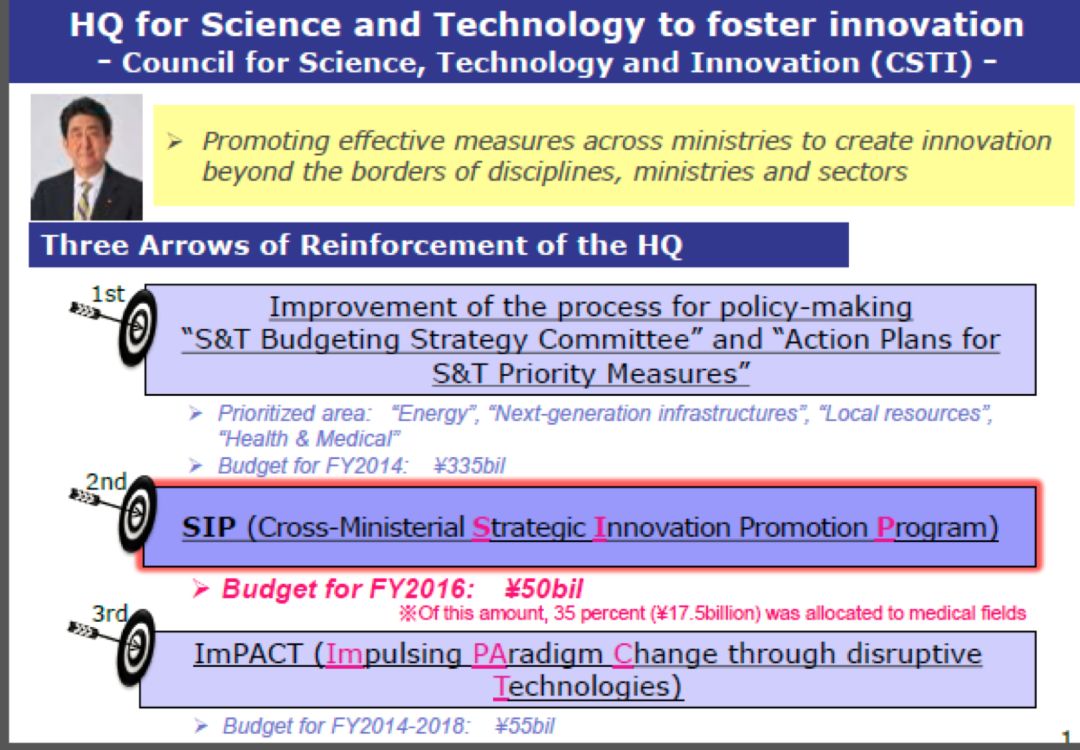
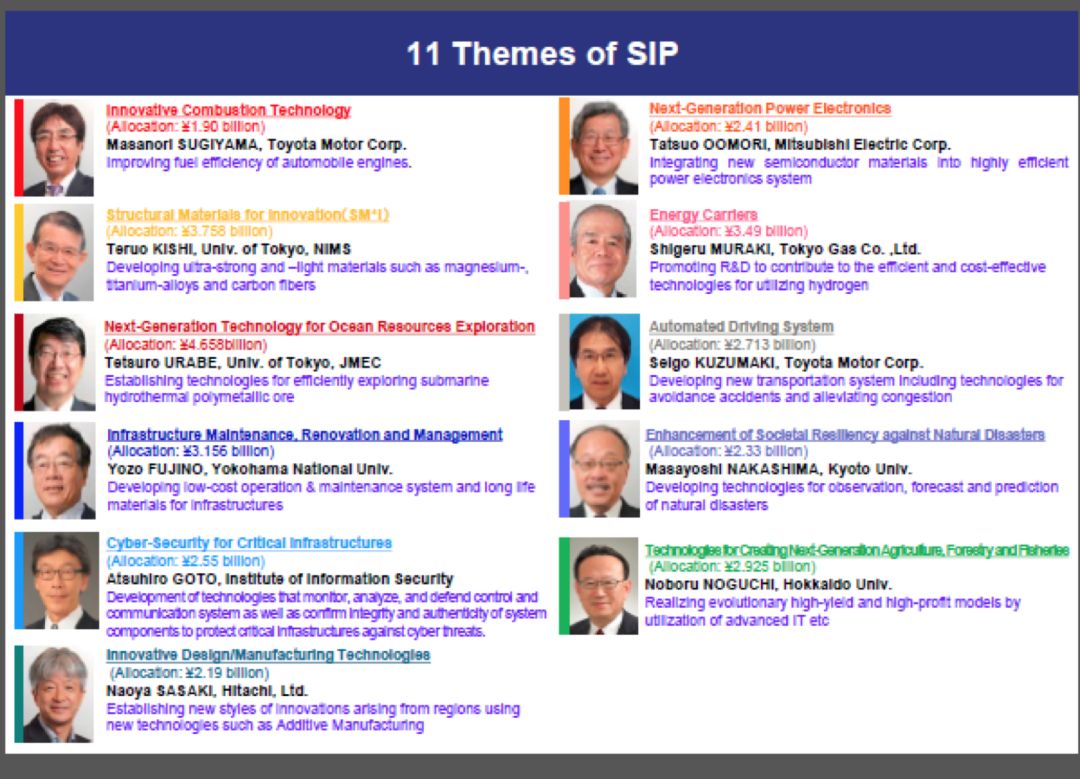
Automated Driving Technology: A Conservative and People-Oriented Approach to Safety
Now let’s talk about Toyota’s automated driving technology.
The topic of which company is the best in automated driving is always on everyone’s lips, but Toyota has never won any ranking, even though they’re one of the latecomers to the game. Currently, it’s popular to rank them based on the data submitted in the California Autonomous Vehicle “Disengagement Reports” by various major automated driving testing companies each year, but Toyota did not participate in the California tests, so it cannot be found (if anyone has found it, please share).
Recently, after Uber’s self-driving vehicle caused a fatal accident, major car manufacturers suspended their self-driving vehicle tests. However, Toyota quickly launched a new test site construction project in May: planning to build a closed test site for autonomous driving technology in Michigan, USA, with the aim of testing extreme situations in automated driving.
First, let’s understand what the SIP project pursued by Japan or Toyota aims for in terms of autonomous driving technology.
In summary, there are two starting points.On the goal level, Toyota’s SIP project aims for safer, more efficient, and more autonomous mobility. Safety is undoubtedly the top priority, as stated in SIP’s official documents. The two major purposes of autonomous driving are to reduce accidents and alleviate traffic congestion. Additionally, Seigo KUZUMAKI was formerly Toyota’s Chief Safety Technology Officer.
On the philosophy level of the future relationship between humans and cars, Toyota envisions a complementary relationship between the two. Humans and cars are like intimate partners, with the same purpose and capable of assisting each other when needed. Based on this concept, Toyota believes that the autonomous driving system can cooperate with the driver, who should enjoy driving and seek help from the vehicle if needed, enabling safe and autonomous driving.
Based on this notion, Toyota’s autonomous driving system includes a mainly assistive module, Guardian, and a fully autonomous module, Chauffeur, as indicated by their names. The two modules can be switched within the same vehicle. Guardian is an add-on to human driving, functioning as an automatic driving system, which can assist the driver in avoiding collisions and protecting the passengers. For example, when the system detects that the driver may be distracted or drowsy, it will warn the driver, assist them in braking, operating the steering wheel to ensure safe turning, etc. Chauffeur is not conditional upon human driving, and it is equivalent to Level 4 and 5 autonomous driving in the United States.
In 2013, Toyota launched the world’s first car model with autonomous driving capabilities, the 2013 Lexus LS, which is equipped with advanced integrated safety systems. Toyota stated that this safety system would evolve into technology with autonomous driving capabilities in the future.
When introducing the “Integrated Safety Management Concept,” Toyota also emphasized the difference between autonomous and unmanned driving, maintaining that the active driving right of human beings should never be abandoned, and that artificial intelligence can only serve as an auxiliary measure to ensure safety.
The 2013 Lexus LS was used to carry this system, equipped with millimeter-wave radar, lidar, cameras, and infrared projectors, perceiving objects that are roughly 70 meters away.This year at CES, Toyota released the 3.0 version of their autonomous driving platform. Currently, this system can detect objects within a radius of 200 meters and perform 360-degree recognition on pedestrians. Additionally, thanks to four cameras located on the front and rear bumpers and the left and right fenders, this system’s detection performance for small objects such as obstacles and children has also been improved.
Looking at the development of this perception system from the first generation in 2013 to the present, significant improvements have been made in terms of performance and appearance.
Overall, Toyota’s system reflects two things: first, Toyota or, more broadly, Japan’s autonomous driving technology, originated from the pursuit of active safety technology. Second, Toyota’s autonomous driving has never been as radical as Google or General Motors, attempting to eliminate human driver roles and truly move towards unmanned operation. In short, it is conservative.
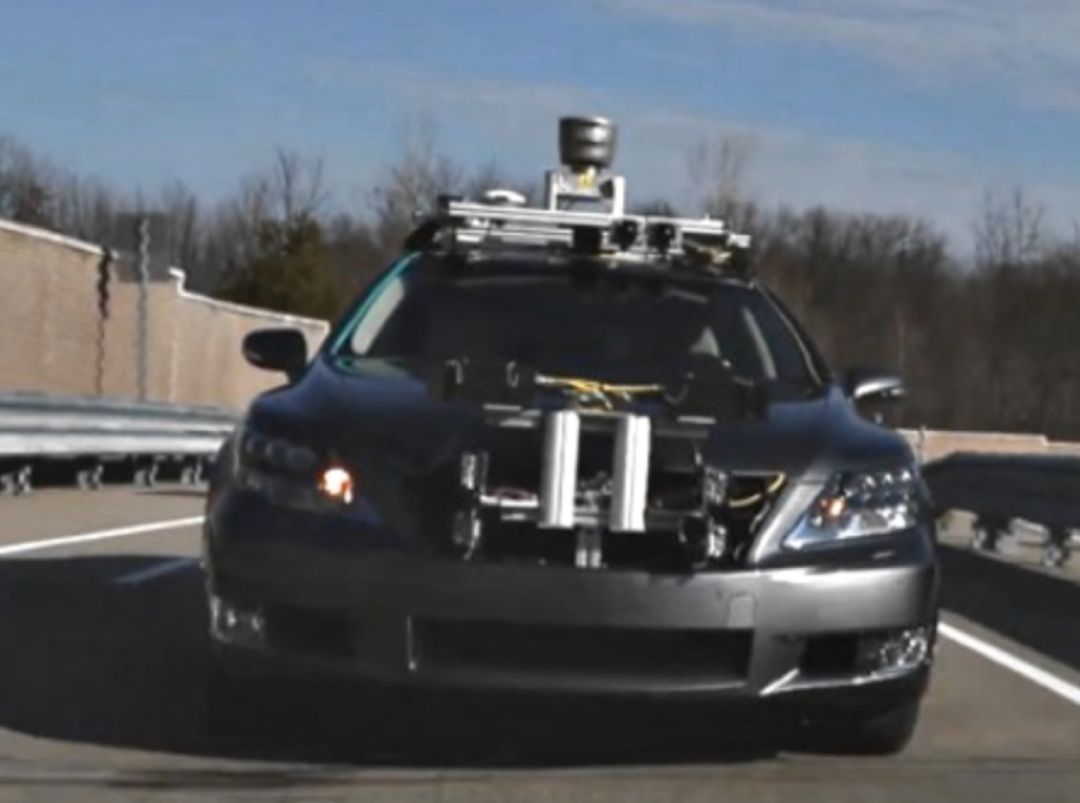
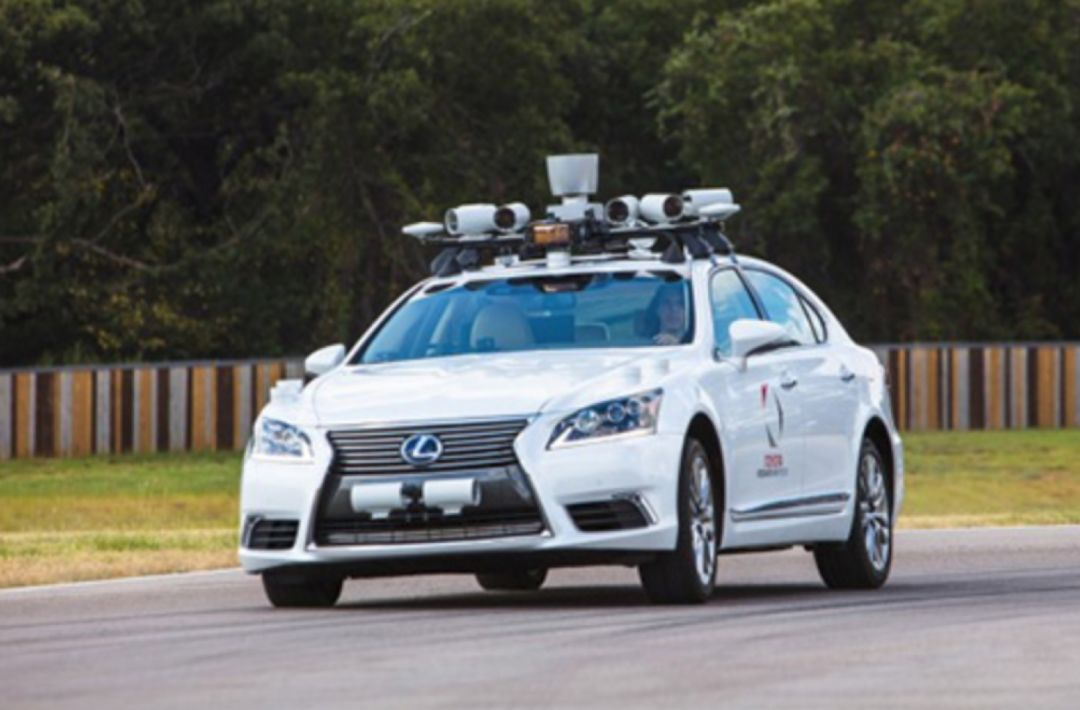
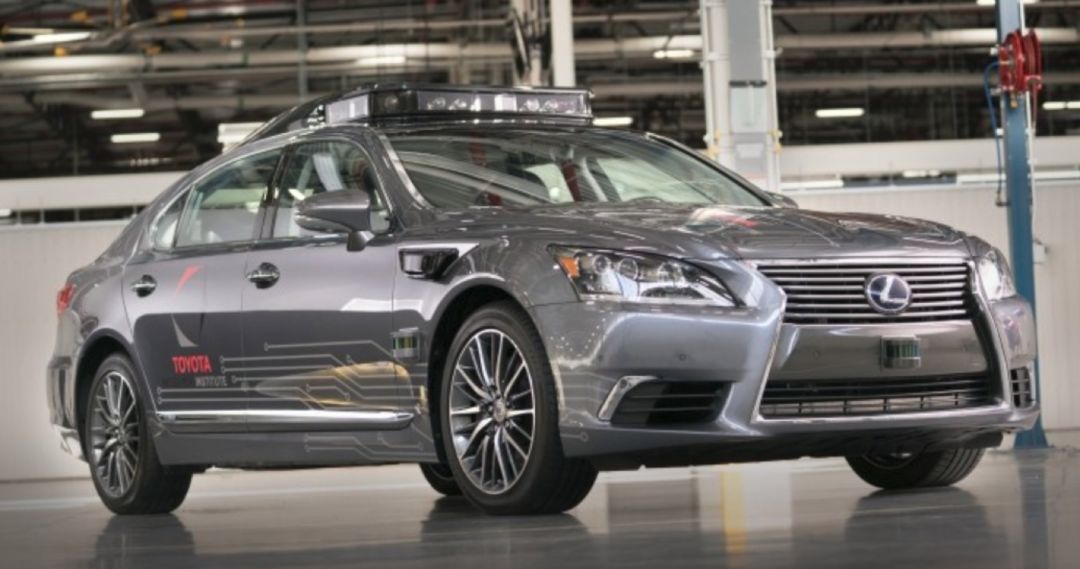
In addition to autonomous driving technology development and testing, the Japanese team led by Toyota also attaches great importance to the layout of the high-precision map field. In the SIP strategy, the technologies included in autonomous driving vehicles are divided into three parts: perception, decision-making, and control.
The decision-making and control technologies are both entrusted to Toyota Research Institute and AI Venture. Cooperative development is taking place, such as the recent rumor that Uber may be testing its self-driving technology system on Toyota vehicles.
Perception includes two levels: high-level self-assessment of the vehicle’s own position, which mainly depends on on-board sensors and maps, and identification of the surrounding environment, which mainly relies on ITS (Intelligent Transport System) technology assistance, such as V2V and V2X.
Regarding high-precision maps, in Japan, a national-level project has formed led by Mitsubishi and Zenrin, which is called Dynamic Map Planning. They collect, integrate, process, and use dynamic map data.# Translation to English
Regarding high-precision maps, Japan also has a detailed strategy, which not only lays the foundation for various car companies to advance autonomous driving technology, but also provides a necessary basis for the construction of Japan’s intelligent transportation system and its development into a future-type intelligent society (Society 5.0). Japan plans to achieve national coverage of high-precision maps before the 2020 Tokyo Olympics, and as mentioned earlier, part of E-Palette will also be implemented before the Olympics in the same year.
Here is a small problem: with the synergistic effect of domestic enterprises and associations, high-precision maps in Japan can be completed quickly and autonomous driving can be gradually implemented. But how about the world?
In fact, from the route of new energy technology to the deployment of autonomous driving, Toyota has been too early in the game, with certain historical burdens that must be addressed. The transition route seems conservative, but another characteristic is pragmatic. Of course, the conception of E-Palette is very advanced and ambitious. Before considering this platform in the context of the future Society 5.0, I thought this part was more fantasy than reality.
However, combined with the strong guidance and support at the national level, coupled with a clear time point (the Olympics), this plan looks very practical.
A joke was told that when talking about Japan’s high-precision maps, the teachers in the editorial department unanimously believed that Japan had the best conditions to complete domestic mapping first, after all, the size of the country’s territory speaks for itself.* Toyota Electric Vehicle Study: Am I Also a Pioneer Level?

This article is a translation by ChatGPT of a Chinese report from 42HOW. If you have any questions about it, please email bd@42how.com.
